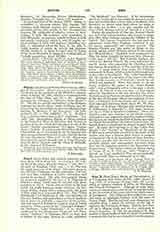

Pityus, a titular see in Pontus Polemoniacus, suffragan of Neocaesarea. Pityus was a large and wealthy Greek city on the northeast of the Black Sea (Artemidorus, in Strabo, XI, 496), which was destroyed before the time of Pliny (Hist. nat., VI, v, 16). Arrianus mentions its anchorage in “Periplus Ponti Euxini”, 27. The city was rebuilt and fortified by the Romans, captured by the Scythians under Gallienus, and destroyed by the Byzantines to prevent Chosroes from entering it (Zosimus, I, 32; Procopius, “De hello gothico”, IV, 4; “De dificiis”, IV, 7). In 535 it was “a fortress rather than a city” (Justinian, “Novella”, 28). Stratophilus, Bishop of Pityus, assisted at the Council of Nicaea in 325; since then there is no mention of the see, which does not figure in any of the Greek “Notitiae episcopatuum” (Le Quien, “Oriens christ.”, I, 519). It was towards Pityus that Saint John Chrysostom (q.v.) was being led by the imperial soldiers, in execution of the decree of exile, when he died on the way (Theodoret, “Hist. eccl.”, V, 34). Pityus was located at the end of the gulf, east of Cape Pitsunda, near the River Chypesta and the village of Abchasik, in the vilayet of Trebizond.
S. PATRIDIS

